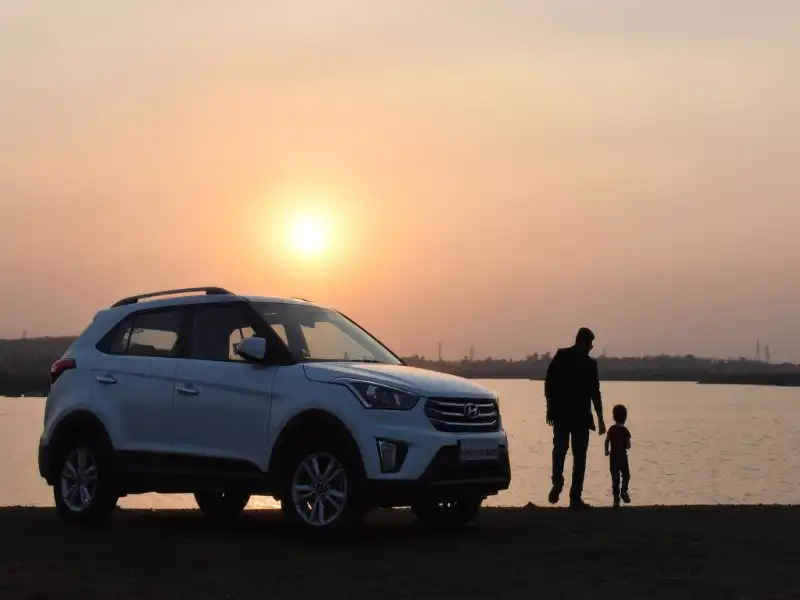1. Personal belongings in your car.
Comprehensive auto insurance covers your car if it is stolen or vandalized, but not the items you leave inside the car. After a break-in, for instance, comprehensive coverage would pay to repair your broken window less the deductible, but would not reimburse you for the purse and its contents taken from the back seat.
Your best bet is to prevent theft is by always locking your car and putting any personal belongings, such as a phone, brief case, navigation systems and other valuables, in the trunk or out of sight.
Coverage to fill the gap: Your homeowners or renters insurance will cover items stolen from your car, provided you file a pol ice report. If the value of the items is less than your deductible, you will have to pay the full cost of replacement.
2. People who live with you but are not listed on the policy.
A standard car insurance policy generally covers you and other people who don't live with you and who have permission to use your car occasionally. Members of your household should be shown as drivers on your car insurance policy to have coverage.
Coverage to fill the gap: Ask your insurance agent who has coverage when driving your vehicle. You will most likely need to list all members of your household who have driver's licenses, including any roommates, on your policy.
3. Your car loan, if your vehicle is totaled.
Having comprehensive and collision coverage does not necessarily mean you are in the clear if you total a financed car. In that happens the insurance company will issue a check for the car's market value, less your deductible. Because the car depreciates, the payout could be lower than the amount you owe on the car loan.
Coverage to fill the gap: Gap insurance pays the difference between your insurance claim check and the outstanding loan balance. You can buy a policy through your car insurance agent or an insurance company representative.
4. Custom parts and equipment.
If your car is damaged or stolen, auto insurance does not cover custom parts and equipment you added to the vehicle. The following are some items that can be included:
- Technology, such as stereo equipment, TVs, DVD players and in-vehicle communication systems.
- Custom seats or interior.
- Aesthetic enhancements, such as custom rims, grilles, paint and spoilers.
- Performance enhancements, such as high-performance exhaust systems.
- Wheelchair lifts and other modifications to assist drivers and passengers with disabilities.
Coverage to fill the gap: Many insurers offer an optional customized parts and equipment policy.
5. Delivering pizzas and other business uses.
Standard personal car insurance covers your commute, but not business uses. Delivering products and transporting people for hire, such as driving for Uber are excluded under standard personal policies.
That means your insurance company can decline to cover any damage you cause or receive while using your car for business. At worst, your policy might be canceled, even if you only use your car for business part of the time.
Coverage to fill the gap: If you use your car for work, ask your employer when and how much coverage you receive under the company's policy. If your employer's insurance does not cover your car, or if you are self-employed, ask your car insurance agent about commercial auto coverage.
Contact Us
Understand what you are buying or not buying when you get car insurance quotes. We are happy to help you through the car insurance process. We can be reached by phone at 601-636-5560, email: info-hennessey@leavitt.com. Check us out on Facebook or our website leavitt.com/vicksburg.




